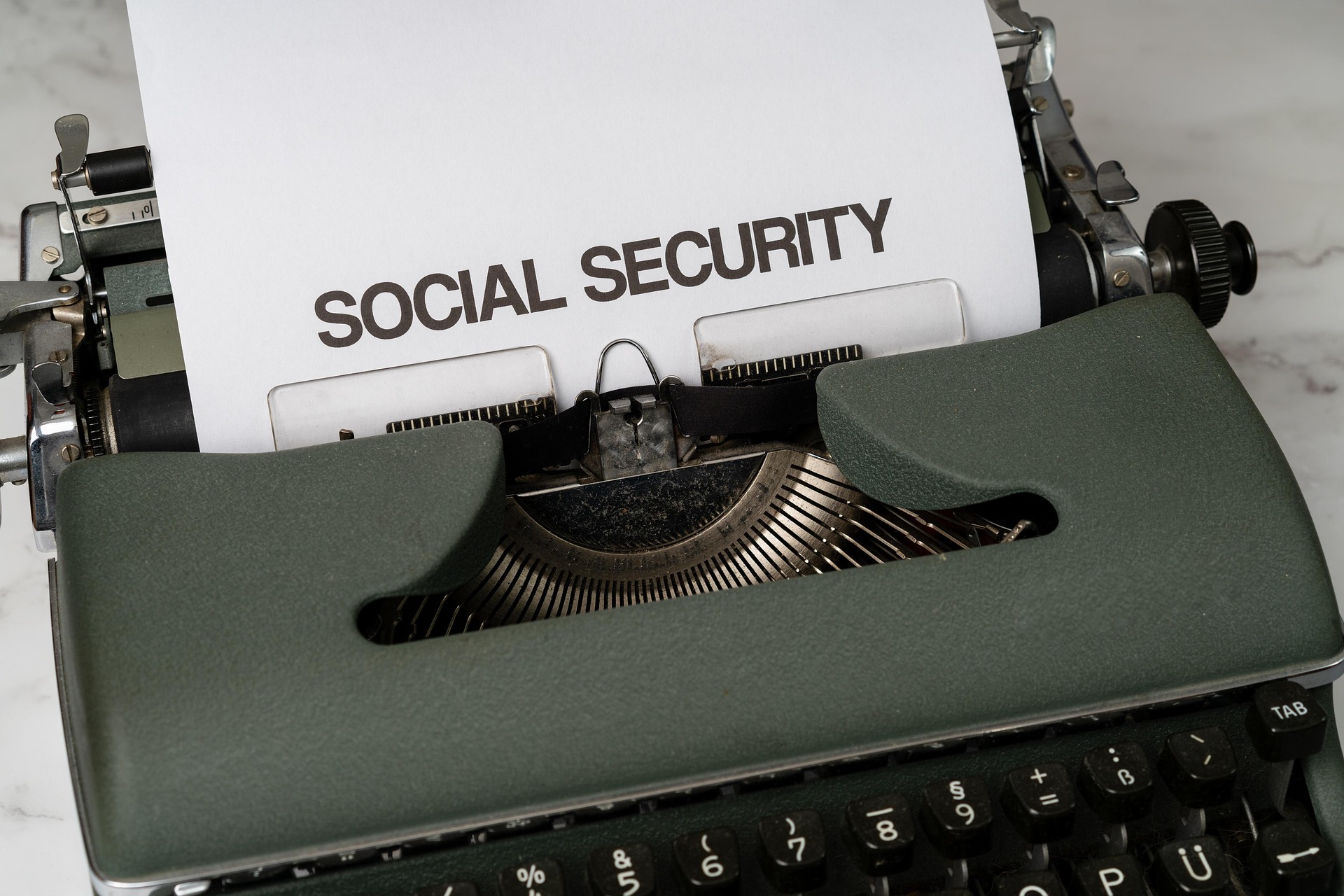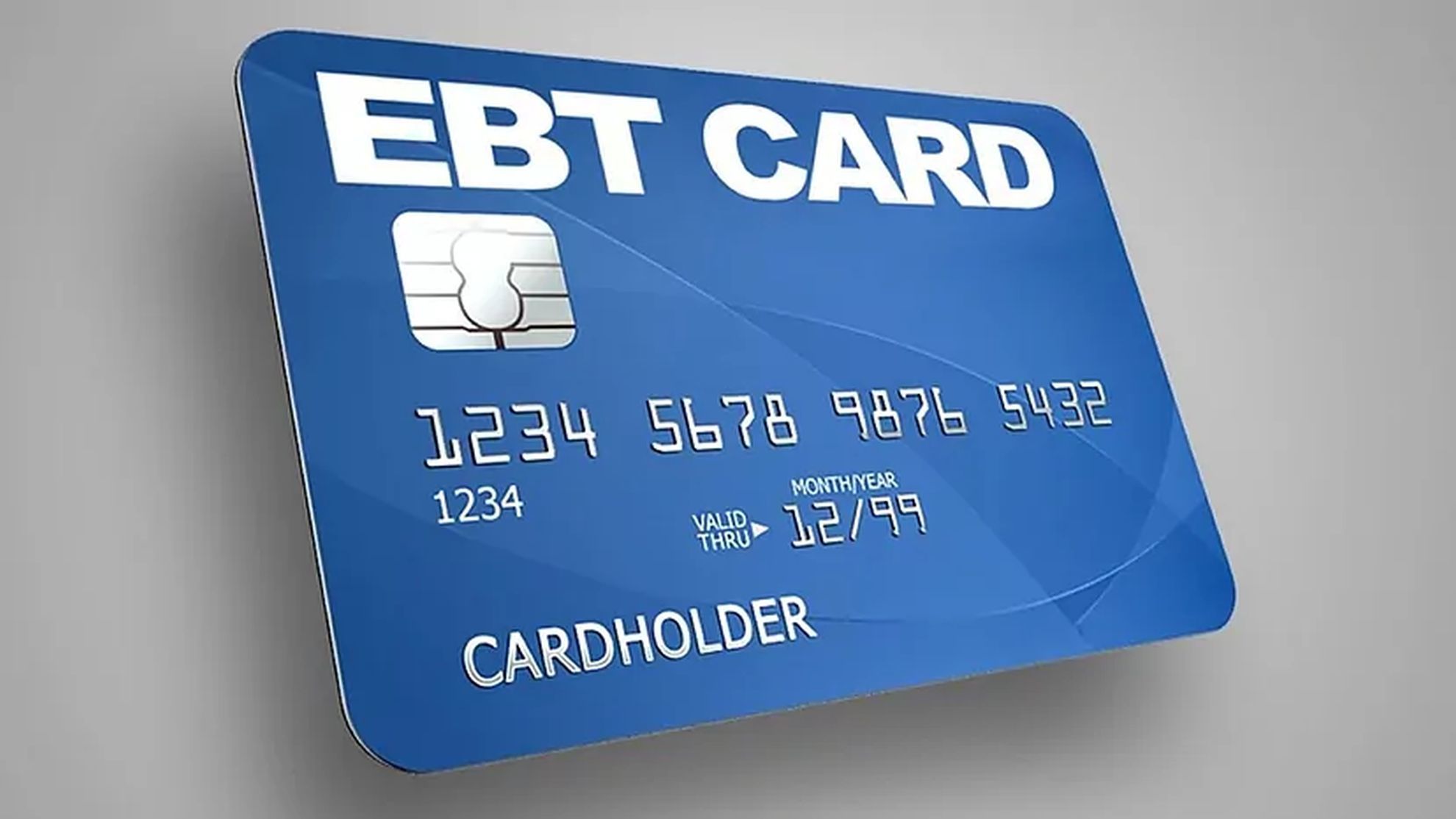If you’ve been approved for government benefits after a long wait, you may be entitled to something called back pay. This lump sum can be a much-needed financial relief, but it also comes with some important considerations. Whether it’s Social Security, VA disability, or unemployment compensation, here’s what you need to know about getting and managing your benefits back pay.
What Are the Benefits of Back Pay?
Back pay is the money you were owed while waiting for your benefits to be approved. Since many programs take months (or even years) to process, back pay helps make up for the time you were eligible but not yet receiving payments.
What Types of Benefits Offer Back Pay?
1. Social Security Disability (SSDI & SSI)
-
SSDI back pay goes back to your “disability onset date” (with some limits).
-
SSI back pay starts from the date you applied.
-
Payments may be made in one lump sum (SSDI) or split into installments (SSI).
2. VA Disability Benefits
-
You may receive back pay to your effective claim date, which could go back months or even years if your case was delayed or appealed.
3. Unemployment Benefits
-
If your claim is delayed or there are retroactive eligibility periods (especially during emergency programs), you may receive a lump sum covering weeks or months of missed payments.
How Much Back Pay Could You Receive?
It depends on:
-
How long did you wait for approval
-
The benefit type
-
Your monthly payment amount
Example:
-
If your SSDI monthly benefit is $1,500 and your claim took 10 months to approve, you might receive $15,000 in back pay (minus the 5-month waiting period, so closer to $7,500).
When and How Will You Receive It?
-
Direct deposit or paper check, depending on your chosen method.
-
Timing: Usually within a few weeks to a couple of months after your approval.
-
SSI back pay may come in three installments over 6-month periods if the total is over a certain amount (usually $6,000+), unless you meet exceptions like a financial emergency or housing risk.
What Should You Do When You Get It?
1. Pay Off Essential Bills First
-
Rent, utilities, medical bills, or any debt that has piled up while waiting.
2. Create or Rebuild an Emergency Fund
-
Set aside at least 1–3 months of expenses to avoid falling behind again in the future.
3. Plan for Future Expenses
-
Think ahead for recurring costs like rent, medications, or transportation.
4. Consider Professional Advice
-
A financial advisor or benefits specialist can help you:
-
Budget your lump sum
-
Protect your eligibility for needs-based programs (like Medicaid or SSI)
-
Set up savings accounts wisely
-
5. Be Careful with Large Purchases
-
It’s tempting to make big buys after a long wait, but prioritize stability first.
-
If you do spend, focus on things that support your health, job prospects, or housing.



